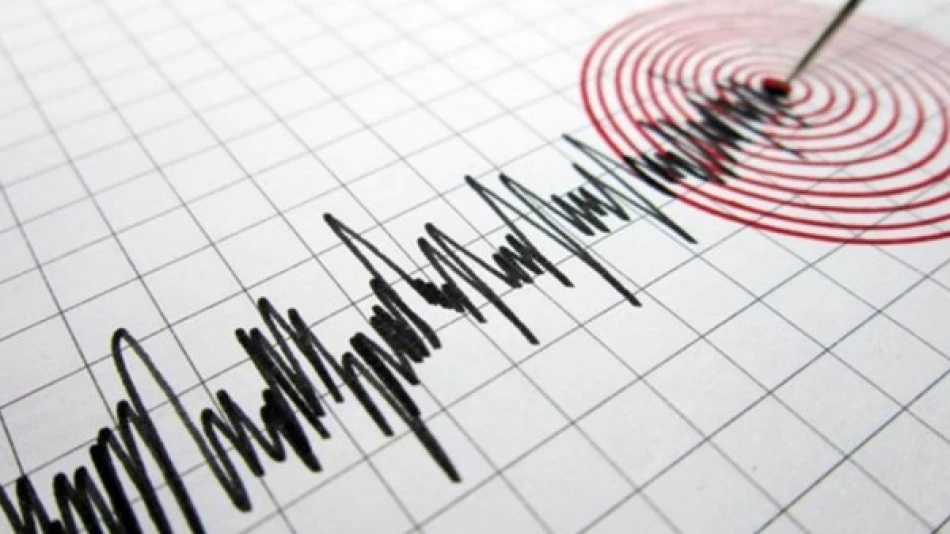
Powerful 5.6 Magnitude Earthquake Rocks Chile, Causing Tremors and Concern
Chile's Tarapacá Region Shaken by 5.6 Magnitude Earthquake
A moderate earthquake measuring 5.6 on the Richter scale struck Chile's northern Tarapacá region on Friday, adding to the country's ongoing seismic activity along one of the world's most geologically volatile coastlines. The tremor occurred at a depth of 89 kilometers, according to the Euro-Mediterranean Seismological Centre.
Deep Tremor Reduces Surface Impact
The earthquake's relatively deep focus at 89 kilometers below the surface likely minimized its impact on populated areas. Seismologists generally classify earthquakes occurring at depths greater than 70 kilometers as "intermediate-depth" events, which typically cause less surface damage than shallow quakes of similar magnitude.
While a 5.6 magnitude earthquake is considered moderate on the seismic scale, the depth factor suggests that residents in Tarapacá may have experienced noticeable shaking without significant structural damage to buildings or infrastructure.
Chile's Position on the Ring of Fire
This latest seismic event reinforces Chile's position as one of the most earthquake-prone nations globally. The country sits along the Pacific Ring of Fire, where the Nazca Plate continuously subducts beneath the South American Plate, creating intense geological pressure that regularly releases through earthquakes.
Tarapacá, located in Chile's far north bordering Peru and Bolivia, has historically experienced significant seismic activity. The region's proximity to the Peru-Chile Trench makes it particularly susceptible to both shallow coastal earthquakes and deeper intermediate-focus tremors like Friday's event.
Economic Implications for Mining Operations
The Tarapacá region hosts substantial mining operations, particularly copper extraction facilities that contribute significantly to Chile's economy. While moderate earthquakes rarely halt mining operations permanently, they can temporarily disrupt production and require safety inspections of critical infrastructure.
Chile produces approximately 28% of the world's copper, making any seismic activity in mining regions a potential concern for global commodity markets. However, the mining industry has developed robust earthquake-resistant protocols given the country's seismic reality.
Preparedness Remains Key
Chile's experience with devastating earthquakes, including the 8.8 magnitude quake in 2010 that killed over 500 people, has driven the country to implement some of the world's strictest building codes and early warning systems. This infrastructure resilience becomes crucial as seismic monitoring continues to detect regular tremor activity across the nation's extensive coastline.
Friday's earthquake serves as another reminder of the constant geological forces at work beneath Chile, where residents have learned to coexist with the earth's restless movements while maintaining one of South America's most stable economies.
Most Viewed News

 Layla Al Mansoori
Layla Al Mansoori






